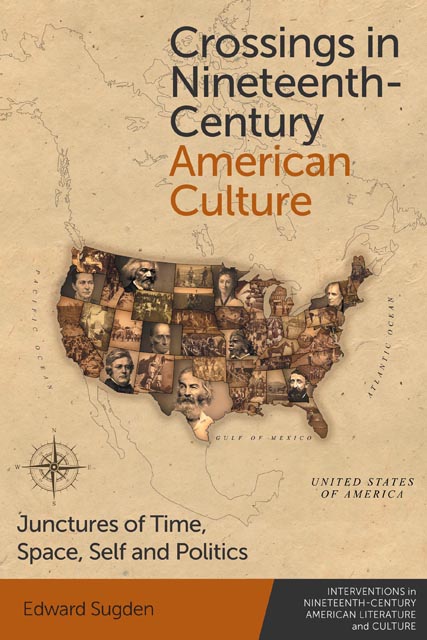8 - Mexico/Britain: A History of Julia Pastrana’s Teeth, 1860–2013
Published online by Cambridge University Press: 26 November 2022
Summary
‘The most amazing thing about getting to tell a true story is that a true story is never really over.’
May Oskan performing The Ape Woman:A Rock Opera, live at the Berkshire Fringe in 2014In the Odontological Collection of the Hunterian Museum at the Royal College of Surgeons of London can be found a cast of Julia Pastrana's upper and lower teeth. They reveal that Pastrana suffered from something called gingival hyperplasia, which caused an overgrowth of the gums, making her mouth appear unusually large. Gingival hyperplasia, Victorian dentists correctly suspected, is linked to congenital generalised hypertrichosis, with which Pastrana was also afflicted. She was, in other words, hairy all over and her lips were quite puffy, but in her lifetime no medical explanation yet existed for her conditions.
Julia Pastrana, known variously as ‘Ape Woman’ and ‘Bear Woman’, was an Indigenous Mexican born in Sinaloa around 1834. She died in Moscow in 1860 a few days after giving birth to a child who lived only briefly. But why are her teeth in London? I focus on that central question here, and it is really four questions rolled into one: why did nineteenth-century spectators find Pastrana so compelling? Why is she still interesting in the twenty-first century? Why take a cast of her teeth? And, finally, why are those teeth in London, of all places? I approach these questions through the work of five contemporary artists – three from England, one from the US and one from Mexico – who take inspiration from Pastrana's story. Colonial histories of cultural appropriation weigh differently on each of these creators, and those differences help us if not unravel, then at least illuminate the tangle of transatlantic, trans-American, and transhistoric racial feeling that gathers around Julia Pastrana.
In her short life Pastrana travelled the world with her husband, Theodore Lent, who was also her manager, performing with carnival sideshows and as a solo attraction. Doctors and sensation-seekers alike were keen to examine her in life and death. After her passing Lent exhibited her and their son's mummified remains. Pastrana's body continued to attract audiences, ending up eventually as a sideshow in a Norwegian carnival, and then in a warehouse when that carnival closed in the late 1970s. In 2013 Norway repatriated her remains to Mexico, and Pastrana was buried in Sinaloa.
- Type
- Chapter
- Information
- Crossings in Nineteenth-Century American CultureJunctures of Time, Space, Self and Politics, pp. 123 - 145Publisher: Edinburgh University PressPrint publication year: 2022

